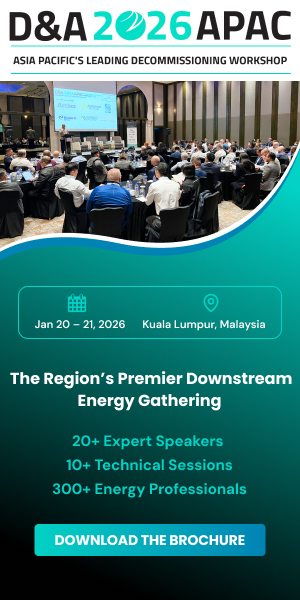The Saudi Arabian Oil Company has announced that its downstream business will be reorganised to support and enhance integration across the value chain of hydrocarbons and better position the company to drive financial performance, value creation and global growth
Saudi Aramco’s downstream operating model will include four commercial business units: fuels (includes refining, trading, retail and lubes); chemicals; power; and pipelines, distribution and terminals. These business units will be supported by three corporate functions: manufacturing, strategy and marketing and affiliates affairs.
Abdulaziz M. Al Judaimi, senior vice-president of Saudi Aramco Downstream, said, “This reorganisation is yet another step in the company’s strategy to develop a global integrated downstream business that enhances our competitiveness by maximising our value capture across the hydrocarbon value chain.”
Indrajit Sen, oil and gas editor at MEED, part of GlobalData, commented, “Saudi Aramco’s downstream restructuring comes as the oil company’s refining margins is hit by lower demand as a result of the COVID-19 pandemic. At the same time, petrochemicals demand is being knocked by the virus’ impact and there is worldwide clamour against the environmental ill-effects of plastics,” she said.
Sen stated that it also comes amid an aggressive expansion of the company’s downstream activities that saw the company complete its US$69.1bn acquisition of petrochemical producer Saudi Basic Industries Corporation (SABIC) in June.
She added that the world’s biggest company aims to double its downstream output by 2030, increasing overall refined output from around 5.4 mmbbl per day currently to 8-10 mmbbl per day, and petrochemicals production from 16.8 million tonnes a year (t/y) to 34 million t/y, excluding SABIC. With the completion of the SABIC acquisition, Saudi Aramco’s petrochemicals business now has a total production of about 90 million t/y.
“The restructuring sees the streamlining of the combined Saudi Aramco/Sabic downstream operation into four commercials that aim to improve management of the company’s massive global downstream portfolio, which includes assets in Japan, South Korea, Indonesia, Malaysia, China, Bangladesh, India, Pakistan, Egypt, South Africa, the Netherlands, the UK and the US,” she noted.
“Following the restructuring we can expect to see Saudi Aramco making a global drive to accelerate its work towards achieving its 2030 objectives,” she concluded.








